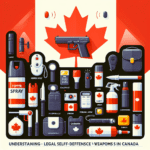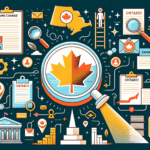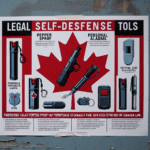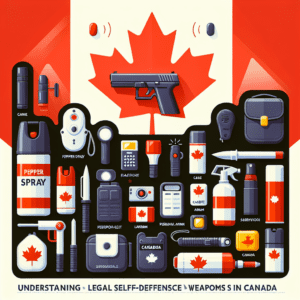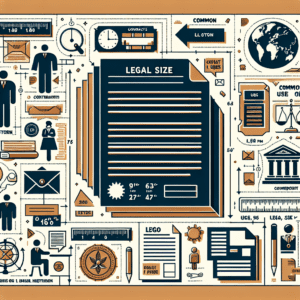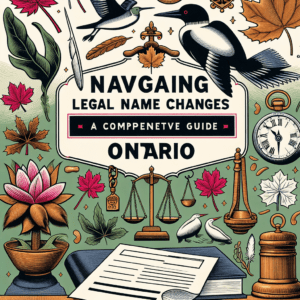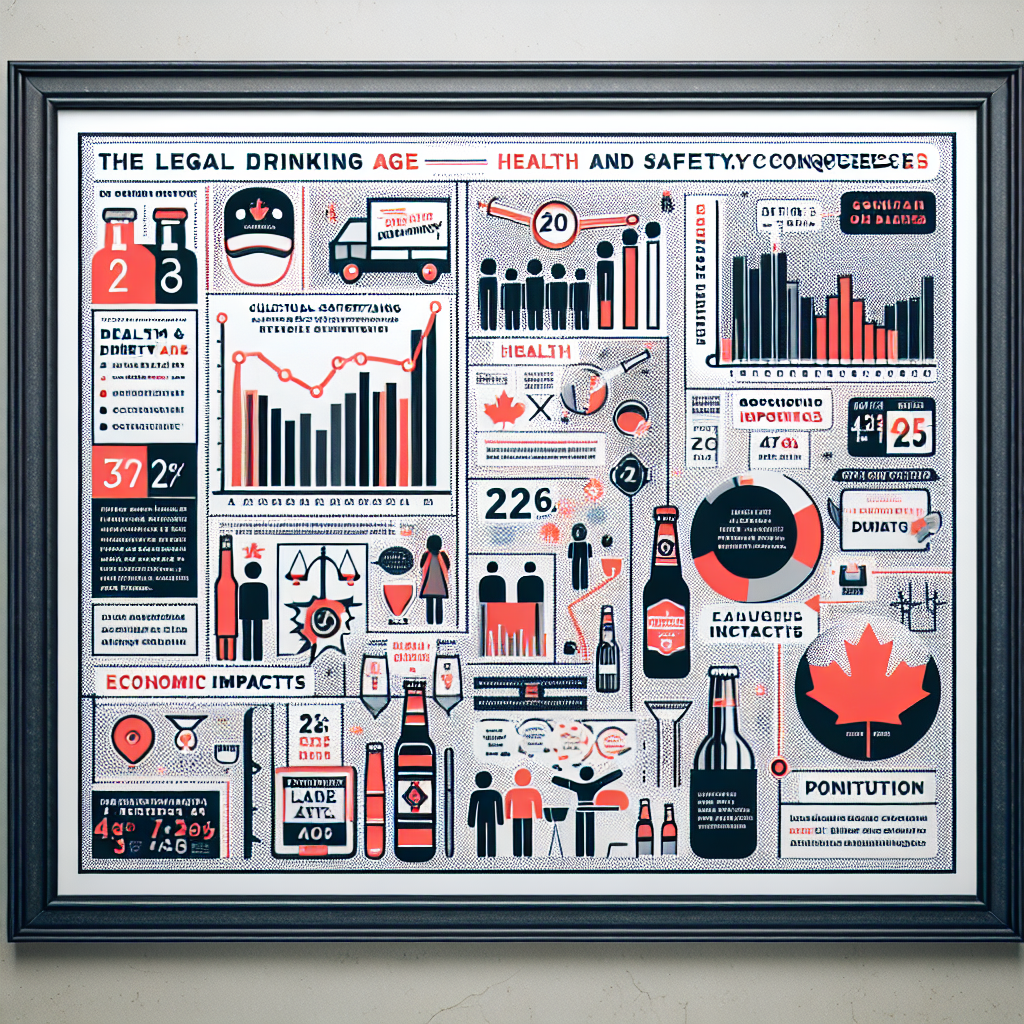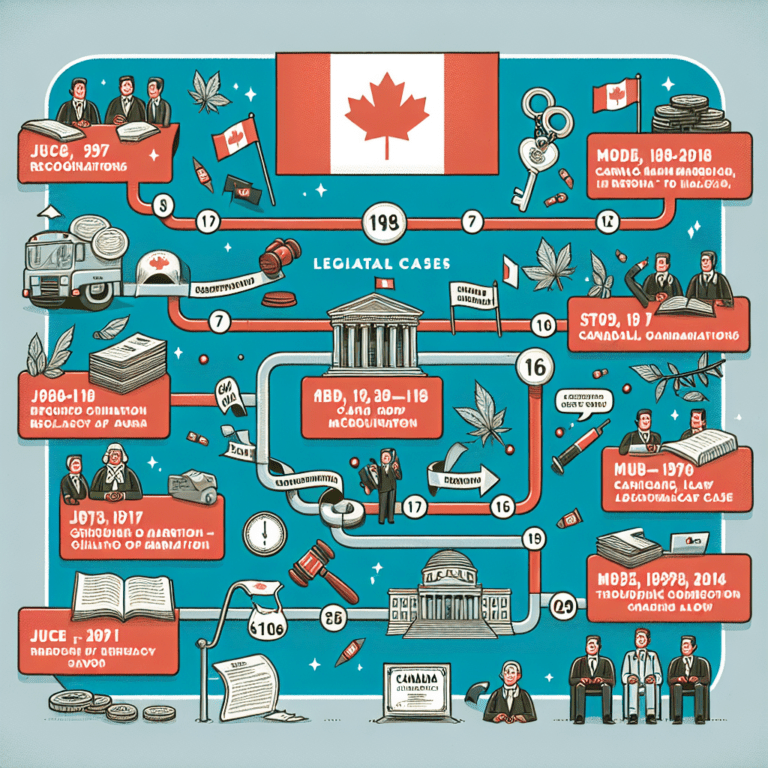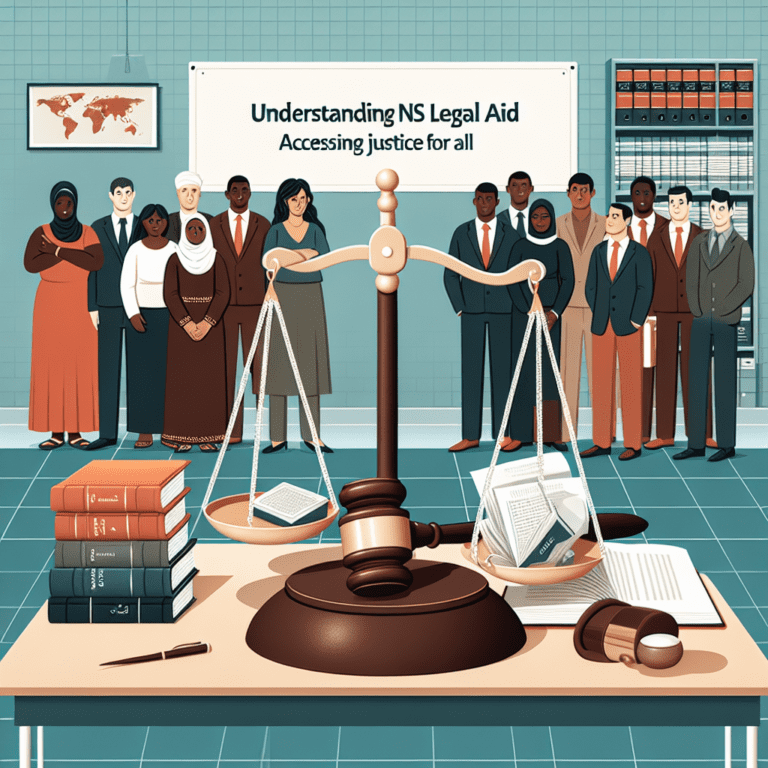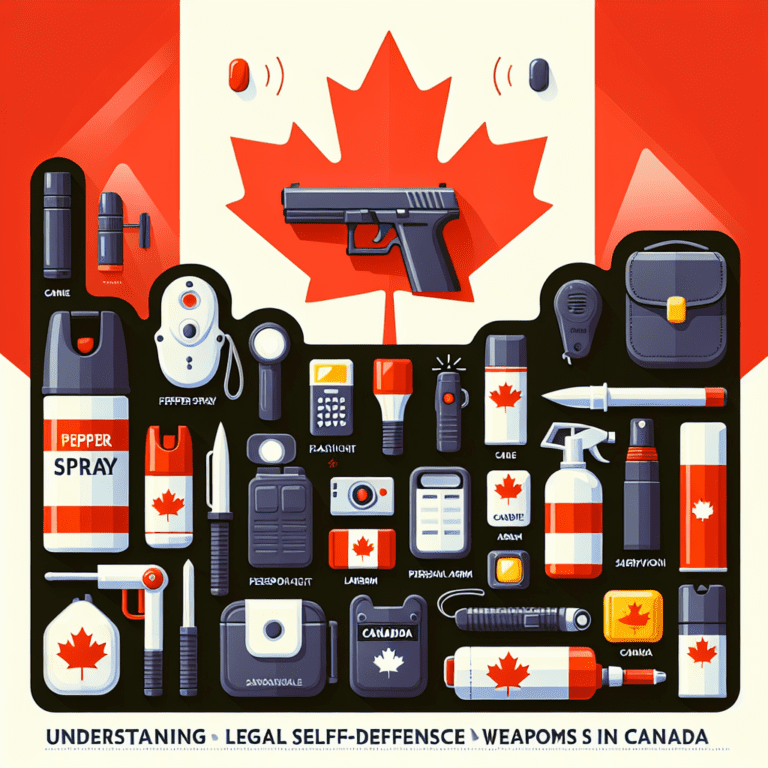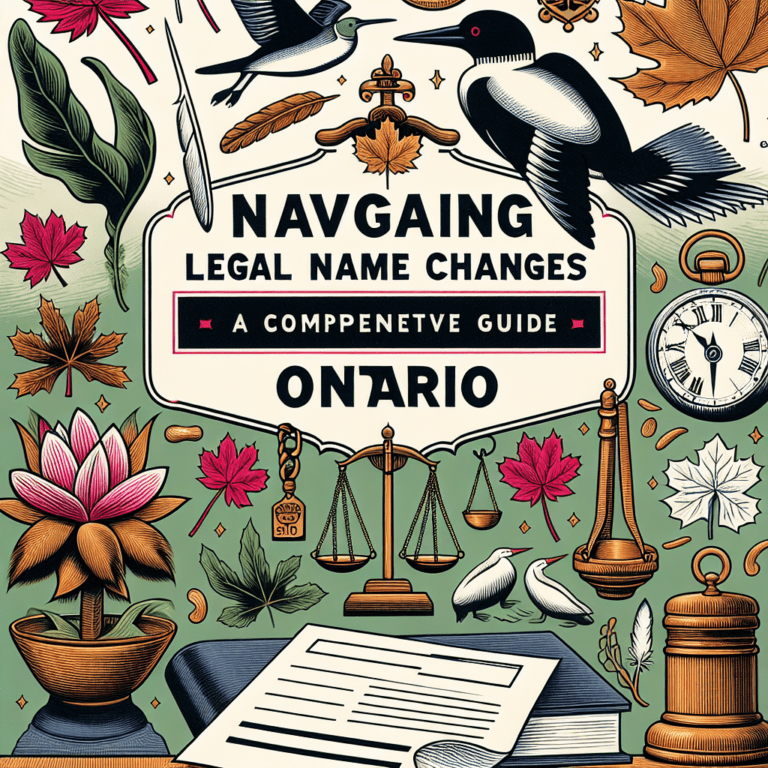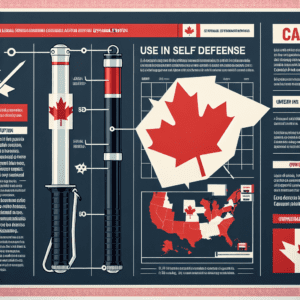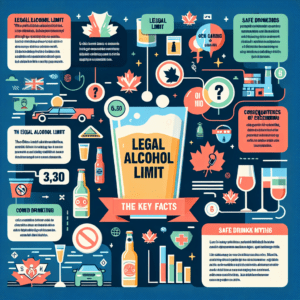===
Understanding Toronto’s legal drinking age is crucial for both residents and visitors alike. With a legal age set at 19, many young adults find themselves navigating complex social landscapes, often facing challenges related to alcohol consumption and legality. How does this age limit impact the community, economy, and individual behaviors? The implications extend far beyond mere numbers. This article delves into the legal framework surrounding Toronto’s drinking age, as well as the broader social and economic impacts of these laws. Through this exploration, we aim to arm you with comprehensive insights that can reshape how you perceive and interact with Toronto’s nightlife and drinking culture.
The Legal Framework Behind Toronto’s Drinking Age Regulations
Toronto, as the capital of Ontario, adheres to the regulations set forth by the provincial government, which establishes the legal drinking age at 19. This law stems from a blend of public safety concerns, health considerations, and the desire to reduce alcohol-related incidents among youth. The legal framework is enforced by the Alcohol and Gaming Commission of Ontario (AGCO), which oversees the sale, service, and consumption of alcohol throughout the province. Establishments that sell alcohol must comply with strict licensing regulations, ensuring that they verify the age of patrons and promote responsible drinking.
The rationale for setting the drinking age at 19, rather than the more common 18 in many other jurisdictions, is rooted in significant research. Studies suggest that the brain continues to develop into the mid-20s, meaning that individuals younger than 19 may be more susceptible to the long-term effects of alcohol consumption. Furthermore, setting the age limit at 19 may help mitigate alcohol-related harms, such as impaired driving and health issues, among younger populations. Through this age threshold, Toronto aims to promote a more responsible drinking culture and to protect its youth from the potential negative consequences of early alcohol exposure.
In addition to the age restrictions, Toronto’s regulations include detailed measures regarding the sale of alcohol. For instance, bars and restaurants are required to implement strict identification checks and are mandated to train their staff in responsible alcohol service. These laws not only serve to protect underage individuals but also create a safer environment for all patrons. The legal framework surrounding Toronto’s drinking age is thus a multifaceted approach designed to address various public health and safety concerns while still allowing for responsible enjoyment of alcohol among adults.
Social and Economic Impacts of Drinking Age Laws in Toronto
The drinking age significantly influences social interactions and the cultural fabric of Toronto. Young adults aged 18 and 19 often find themselves on the fringes of social activities, as they can legally enter bars but are still perceived as the "young ones." This can lead to feelings of exclusion from a vibrant nightlife that is otherwise accessible to those aged 20 and above. Moreover, this age disparity can foster a culture where underage drinking occurs in clandestine settings, as young individuals attempt to navigate the barriers imposed by the law.
From an economic perspective, the legal drinking age has a dual impact. On one hand, it limits the number of patrons in bars and clubs, as establishments cannot serve those under 19. This restriction can hinder revenue generation, particularly during peak nightlife hours. On the other hand, the enforcement of a higher drinking age can contribute to lower alcohol-related health expenditures for the city. Fewer young individuals consuming alcohol can lead to reduced incidence of hospital visits related to alcohol poisoning, impaired driving accidents, and other health issues. Thus, while there are potential immediate economic drawbacks, the long-term benefits of public health may outweigh these losses.
Furthermore, the legal drinking age can shape the broader alcohol industry in Toronto. Establishments catering primarily to a younger crowd must adapt their business models to account for these laws. This has led to the emergence of alternative social spaces such as cafés and lounges that offer non-alcoholic beverages and create inclusive environments for all ages. These venues not only provide safe spaces for young adults but also contribute to a diverse economy where different social needs are met. The nuanced impact of drinking age regulations extends deeply into the social and economic realms of Toronto, reflecting the city’s multifaceted approach to public health and safety.
===
Toronto’s legal drinking age, set at 19, presents a complex web of implications that stretch far beyond simple age restrictions. Understanding the legal framework provides insight into the motivations behind these laws, while the social and economic impacts reveal how they shape the city’s culture. As residents and visitors navigate Toronto’s nightlife, being aware of these factors allows for a more informed and responsible approach to alcohol consumption. Whether you’re a young adult eager to explore the city’s vibrant scene or a business owner seeking to adapt to these regulations, grasping the nuances of Toronto’s drinking age laws can lead to enriched experiences and safer communities. Dive deeper into this topic and discover how you can engage with Toronto’s nightlife responsibly.
Understanding Legal Self-Defense Weapons in CanadaUnderstanding Legal Paper Size: Dimensions and Uses ExplainedNavigating Legal Name Changes in Ontario: A Comprehensive GuideRelevant LinkRelevant LinkRelevant Link
